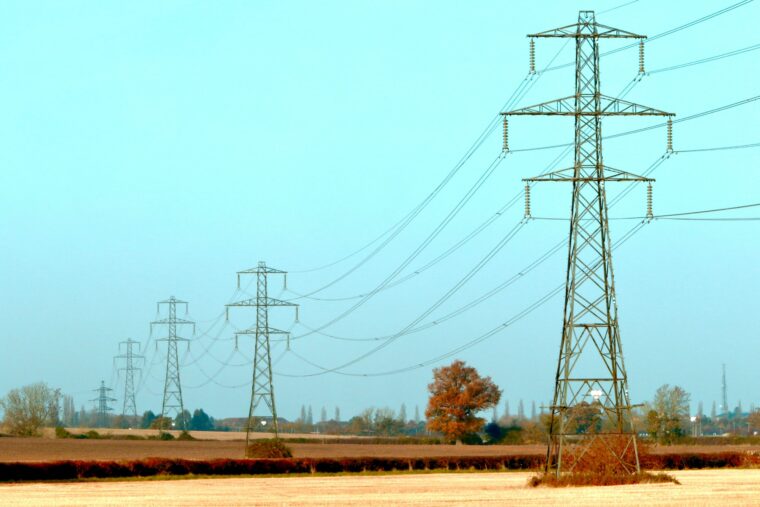
Researchers from Penn State University have been studying how different power sources interact on the wholesale market, part of a federal effort to improve electrical grid reliability by integrating batteries and renewables into wholesale electricity markets.
The U.S. Department of Energy (DOE) announced funds upward of $800,000 toward research into how wholesale energy markets can increase efficiency as more electricity comes from intermittent renewable sources and battery backups instead of combustion plants.
“If you have 300 generators on and producing, you only need each of them to adjust a tiny bit for the system to keep up with demand changes,” Mort Webster, an energy engineering professor, told Government Market News. But the fluctuating nature of renewables, combined with continued shuttering of thermal – which includes natural gas, oil and coal – complicates how plant owners and grid operators will be able to adjust output to meet demand in nearly real time.
Webster and Uday V. Shanbhag, a professor of industrial and manufacturing engineering, will work with PJM Interconnection (PJM) and ISO New England Inc. (ISO-NE) on the program.
PJM and ISO-NE jointly oversee the electricity grid spanning 19 states, including Pennsylvania, and are responsible for more than one-fifth of the electricity consumed in the United States.
“In electricity markets today, generators (mostly fossil and nuclear with some renewable) are paid mainly based on how much energy they provide in each moment in time,” Webster told Government Market News. “Since wholesale electricity markets were deregulated in the 1990s, the current system has worked well because it is a mostly fossil-based system.
“As more of our energy is provided by wind and solar and as many of the coal and gas-powered units shut down permanently, we will simultaneously have a greater need for flexibility as demand/wind/solar will fluctuate more rapidly over wider ranges and will have fewer thermal units that can adjust and fill in exactly the energy that is needed,” Webster said.
The Penn State grant is part of a $10.6 million initiative announced April 11 through the DOE’s Grid Deployment Office (GDO) to fund six projects nationwide as part of the Wholesale Electricity Market Studies and Engagement Program (WEMSE).
“Grid operators like PJM are held responsible for maintaining reliability every day, every hour, every 5 minutes,” Webster said. “Right now, there is only one type of generation capacity deployed and available that can do this” – thermal.
But there’s a problem: Pricing on the current spot market is such that a thermal plant can break even or even lose money by reliably providing 80% of capacity to the grid, disincentivizing investment in large-scale utility projects all while time-production volatility is increasing.
Without better incentives, a lack of investment could see grid reliability decrease while wholesale prices go up, which is why WEMSE has distributed funds to investigate what those incentives might look like, and how a future spot market could incorporate them.
Webster sees promise in “a market that clears each auction considering multiple forecasts of how electricity demand might change over the next 15 minutes, resulting in a ‘stochastic price.’ This approach resembles financial markets today, where options and derivatives are regularly priced and traded.”
DOE provided funds for a three-year study starting in 2020 to investigate stochastic pricing “to restructure wholesale real-time energy and reserve markets for improved information aggregation, reliability and security, and consumer choice.” That research, known as PERFORM, was also done on the PJM interconnect.
Among PERFORM’s goals was that “the redesigned market trading system will advance price-responsive risk management, foster robust decentralized decision making for real-time operations and operational planning under uncertainty, and attract innovation and investment opportunities.”
Webster and his Penn State team will further that work alongside other WEMSE projects, making sure the lights stay on as the electricity market continues to evolve while maintaining price stability.
Photo by James Wainscoat on Unsplash
The post Penn State researchers modeling future electric-grid reliability, efficiency appeared first on Government Market News.
